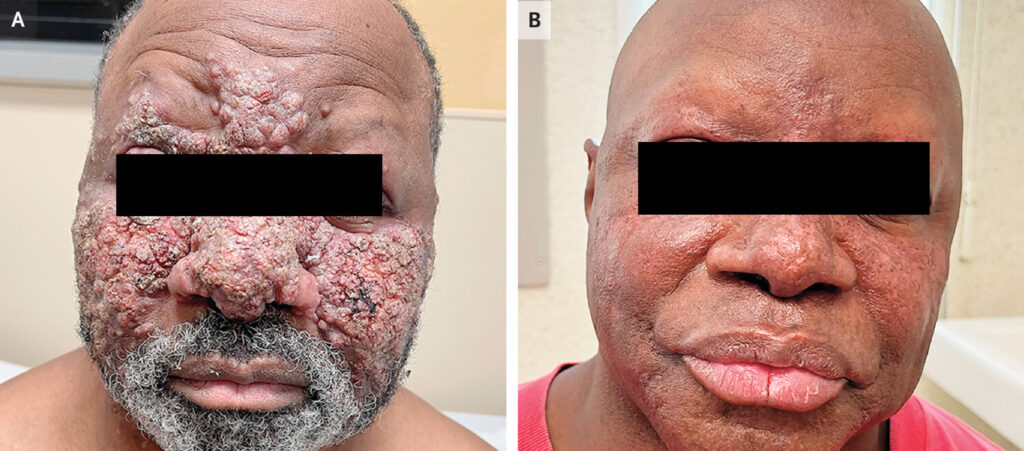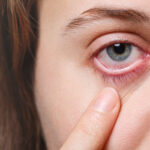Coccidioidomycosis, commonly known as Valley fever, is a fungal infection caused by the Coccidioides species. These fungi are typically found in the soil of arid and semi-arid regions, including the southwestern United States, parts of Mexico, and Central and South America. The infection occurs when a person inhales the microscopic spores (arthroconidia) released into the air when the soil is disturbed.

Though often mild, coccidioidomycosis can sometimes lead to severe complications, especially in immunocompromised individuals or those with pre-existing health conditions. Early diagnosis and treatment are crucial in preventing long-term health issues.
What Causes Coccidioidomycosis?
Coccidioidomycosis is caused by the inhalation of Coccidioides fungal spores. These spores are most commonly found in the soil, and they thrive in dry, dusty environments. Activities such as construction, farming, and even hiking can disturb the soil, leading to the release of spores into the air, which can then be inhaled by individuals nearby.
The two main species responsible for coccidioidomycosis are:
- Coccidioides immitis
- Coccidioides posadasii
These fungi are endemic to specific regions, primarily in the southwestern U.S., including California, Arizona, Nevada, New Mexico, and Texas, along with parts of Latin America.
Symptoms of Coccidioidomycosis
The symptoms of coccidioidomycosis can vary widely, from mild to severe, and sometimes individuals may not experience any symptoms at all. Common symptoms include:
- Fever
- Cough
- Chest pain
- Fatigue
- Shortness of breath
- Night sweats
- Muscle aches
- Headache
Some individuals may experience a more severe form of the disease known as disseminated coccidioidomycosis, where the infection spreads beyond the lungs to other parts of the body, such as the bones, skin, and central nervous system. Symptoms of disseminated coccidioidomycosis may include:
- Skin lesions
- Bone pain
- Meningitis
- Joint pain
How Is Coccidioidomycosis Diagnosed?
Diagnosing coccidioidomycosis can be challenging, as its symptoms overlap with those of other respiratory diseases. A combination of clinical evaluation, medical history, and laboratory tests is typically required for accurate diagnosis.
1. Medical History and Physical Examination
The healthcare provider will first inquire about any potential exposure to areas where Coccidioides is endemic. A physical exam will also help assess the presence of symptoms such as chest pain, cough, or skin rashes.
2. Laboratory Tests
- Serologic Testing: Blood tests can detect antibodies or antigens that the body produces in response to the fungal infection.
- Culture: A sample of sputum, tissue, or fluid from the affected area can be cultured to identify the presence of the fungus.
- Imaging: Chest X-rays or CT scans may be used to check for abnormalities in the lungs, especially if symptoms such as persistent cough and chest pain are present.
3. Biopsy
In severe cases, especially when the infection has spread beyond the lungs, a biopsy may be performed to examine tissue samples for fungal spores.
Treatment for Coccidioidomycosis
For many individuals, coccidioidomycosis may resolve on its own without treatment. However, treatment is necessary for those who experience more severe symptoms or complications.
1. Antifungal Medications
The most common treatment for coccidioidomycosis is the use of antifungal medications, which may include:
- Fluconazole or Itraconazole for mild to moderate infections.
- Amphotericin B for severe or disseminated infections.
The duration of antifungal therapy varies depending on the severity of the disease, ranging from a few months for mild cases to lifelong treatment for disseminated forms.
2. Surgical Intervention
In rare cases where the infection has caused significant lung damage or disseminated to other organs, surgery may be required to remove infected tissue or drain abscesses.
Preventing Coccidioidomycosis
Although it is difficult to entirely eliminate the risk of contracting coccidioidomycosis, certain preventive measures can help reduce exposure to the fungal spores:
1. Avoiding Dusty Areas
Individuals living in or traveling to endemic areas should avoid activities that disturb the soil, such as farming, digging, or construction. Wearing protective masks or respirators can reduce the likelihood of inhaling spores.
2. Proper Ventilation and Dust Control
In areas with known Coccidioides contamination, proper dust control and ventilation are essential, especially in occupational settings. This includes using water to dampen soil and employing dust collection systems.
3. Health Precautions for At-Risk Populations
People with compromised immune systems, such as those with HIV/AIDS, diabetes, or those undergoing immunosuppressive treatments, should take extra precautions when in endemic areas. They may need to avoid high-risk activities or take antifungal prophylaxis if recommended by a healthcare provider.
Risk Factors for Coccidioidomycosis
Certain individuals are at higher risk for developing severe forms of coccidioidomycosis, including:
- Immunocompromised Individuals: Those with weakened immune systems, such as transplant recipients, HIV-positive individuals, or those receiving chemotherapy, are more vulnerable to severe infections.
- Pregnant Women: Pregnant women, particularly those in their third trimester, are at an increased risk of disseminated disease.
- People with Chronic Conditions: Conditions like diabetes and lung diseases can increase the risk of developing more severe symptoms.
- Age and Ethnicity: Older adults, infants, and people of African, Native American, and Filipino descent may be more likely to develop severe forms of the disease.

